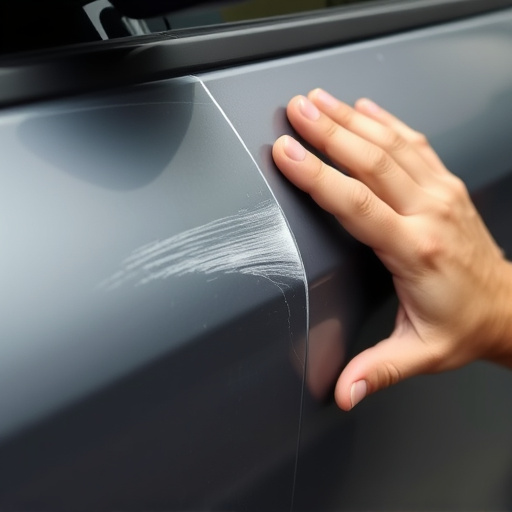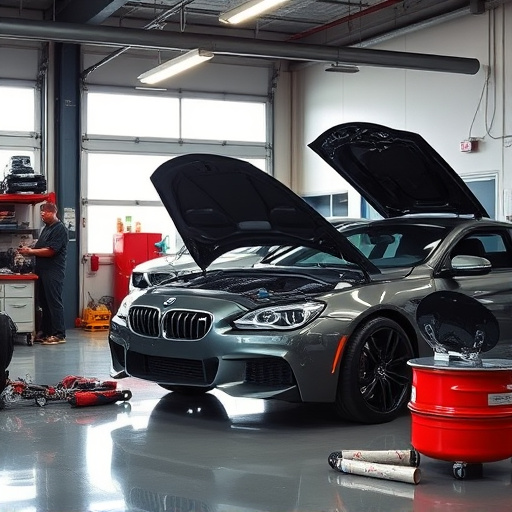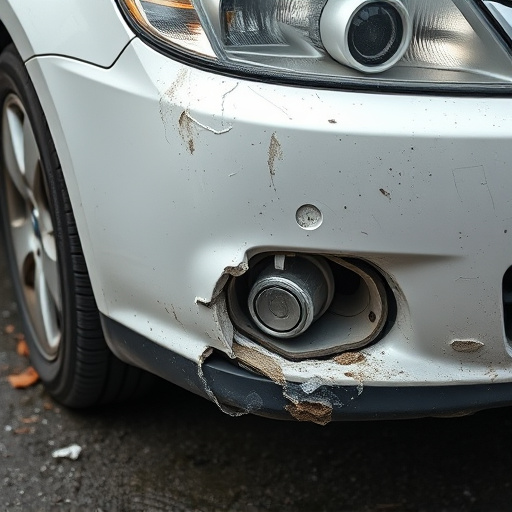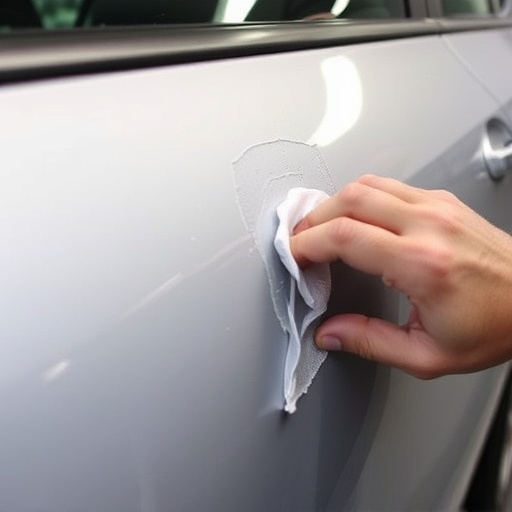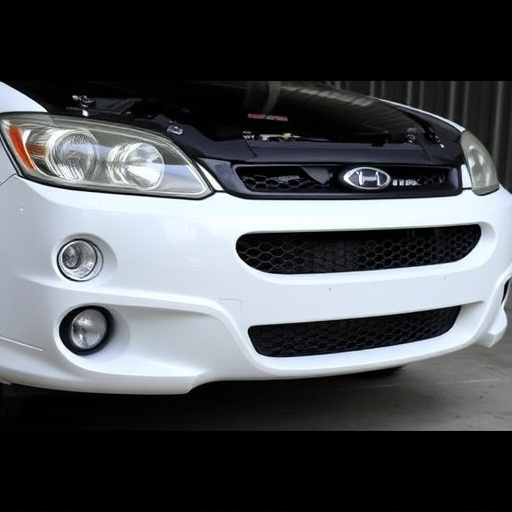Effective vehicle repair communication is crucial but often missed, causing misdiagnoses due to jargon and customer struggle to explain issues. Technology, like digital tools and standardized reporting systems, bridges this gap by ensuring mutual understanding. Integrated tech solutions enhance transparency and interaction, improving customer satisfaction. Success measured through KPIs like response time, resolution accuracy, and feedback scores, driven by continuous improvement via real-time feedback loops for data-informed strategies.
In today’s digital age, effective communication during vehicle repairs is crucial for customer satisfaction and business success. This article explores how technology can bridge gaps in vehicle repair communication. We delve into leveraging real-time tracking tools and establishing feedback loops to measure effectiveness. By understanding common communication challenges, we provide insights on how technological innovations enhance transparency, efficiency, and the overall repair experience for both customers and mechanics.
- Understanding Vehicle Repair Communication Gaps
- Leveraging Technology for Real-Time Tracking
- Measuring Success: Effectiveness Metrics & Feedback Loops
Understanding Vehicle Repair Communication Gaps
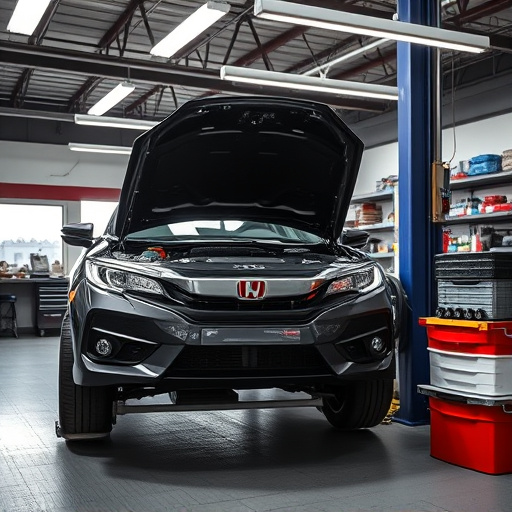
Effective communication is a critical yet often overlooked aspect of vehicle repair services. Many auto repair shops struggle with bridging the gap between understanding customer needs and conveying complex technical information, leading to potential misunderstandings and dissatisfaction. Vehicle repair communication gaps can occur at various stages, from initial consultations to final handovers.
Customers may face challenges in explaining car damage repair details, while mechanics might use jargon that leaves clients confused. This disconnect can result in misdiagnoses, incorrect repairs, or even unnecessary services being pushed onto customers. To address these issues, technology offers a promising solution. By implementing digital communication tools and standardized reporting systems, auto repair shops near me can streamline interactions with clients, ensuring everyone is on the same page regarding vehicle issues and their resolutions.
Leveraging Technology for Real-Time Tracking
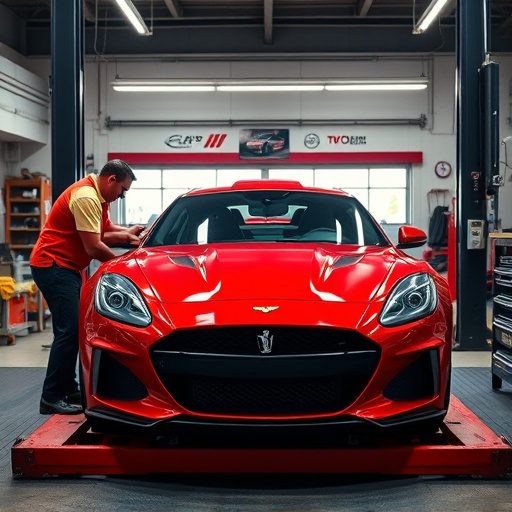
Leveraging technology for real-time tracking has become a game-changer in the vehicle repair industry, revolutionizing how communication is managed between workshops and their clients. Modern tools allow for continuous monitoring of every step in the repair process, ensuring transparency and efficiency. With just a few clicks, automotive professionals can track the progress of autobody repairs or collision repair services, keeping customers informed without any delay.
This digital transformation enables seamless interaction, especially in complex cases. For instance, a collision repair center can use specialized software to share real-time updates on parts availability, labor costs, and estimated timelines with clients. Such transparency builds trust and enhances customer satisfaction, as folks no longer have to navigate a labyrinthine process or wait for whispering news about their vehicle’s condition.
Measuring Success: Effectiveness Metrics & Feedback Loops
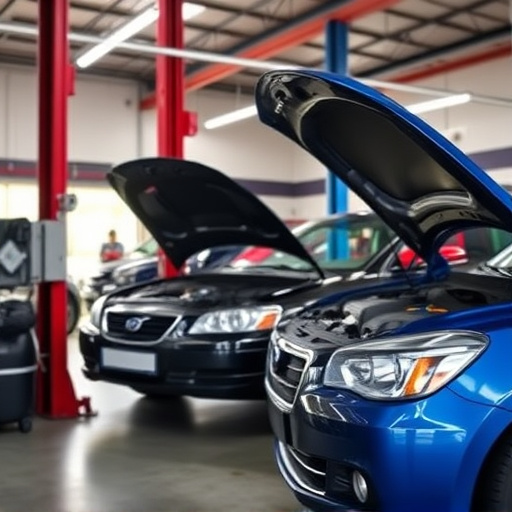
Measuring the success of vehicle repair communication involves defining key performance indicators (KPIs) that align with your goals. For instance, if the primary objective is to enhance customer satisfaction, metrics like response time, resolution accuracy, and feedback scores can be crucial. Quick turnaround times, accurate repairs, and positive customer reviews indicate effective communication.
Feedback loops are integral to continuous improvement in vehicle repair communication. Gathering real-time input from customers, staff, and stakeholders helps identify areas of strength and weakness. Analyzing this data allows for the implementation of targeted strategies, whether it’s refining communication protocols, improving training programs for technicians, or enhancing digital tools used for customer engagement. This iterative process ensures that car repair shops, whether specializing in vehicle collision repair or intricate vehicle body repair, can maintain high standards of service.
By leveraging technology to track and measure vehicle repair communication effectiveness, shops can bridge gaps in customer understanding and collaboration. Real-time tracking tools enable proactive identification of communication bottlenecks, fostering more efficient workflows and enhanced customer satisfaction. Through rigorous measurement and feedback loops, automotive businesses can continually optimize their repair processes, ensuring clear, consistent, and timely communication throughout the entire service journey.


